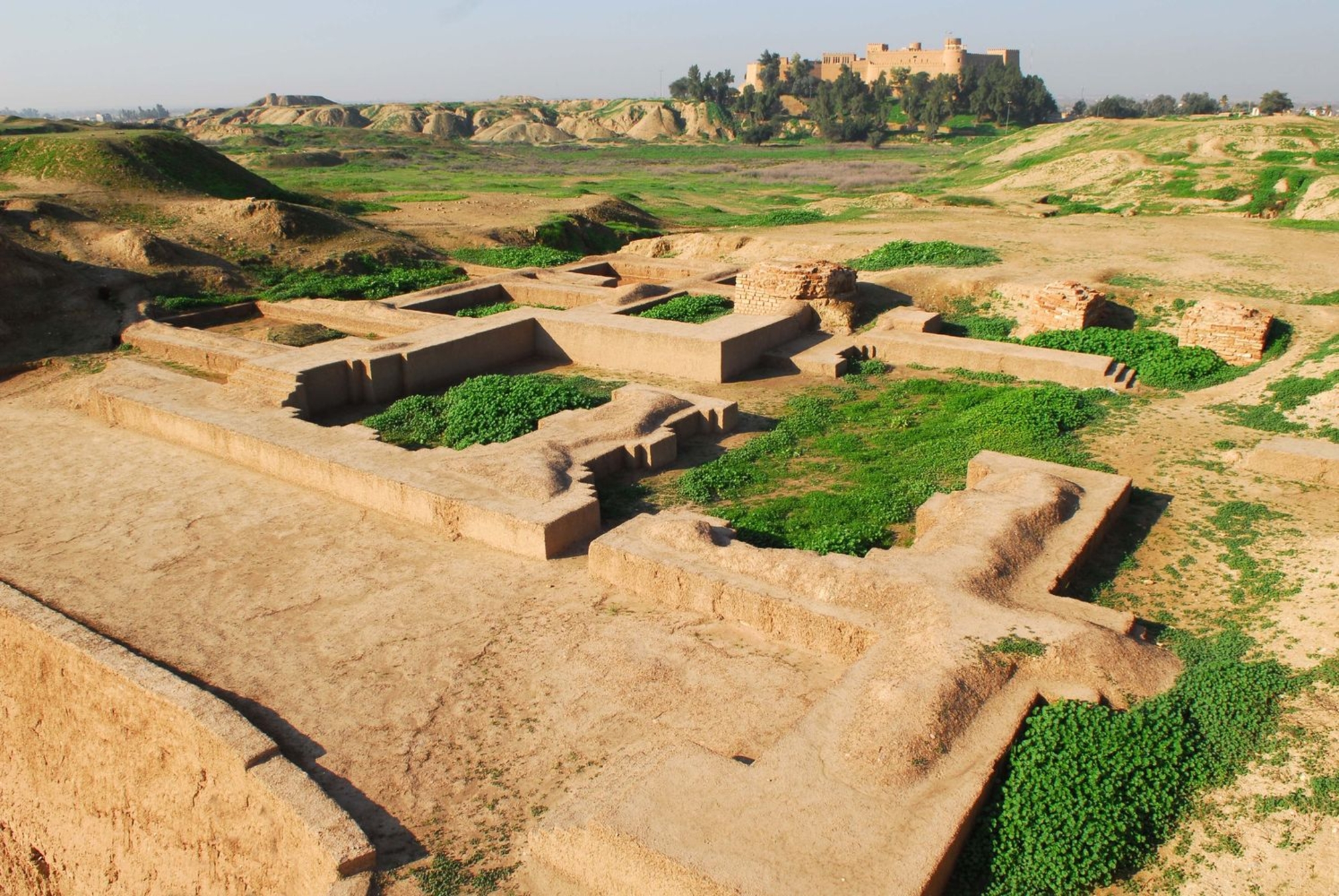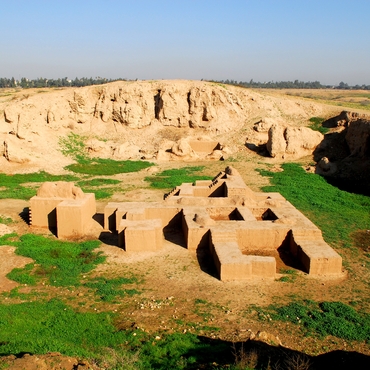
- Home
- The life of Jacques de Morgan
- Persia (1889-1912)
- Susa: 6,000 years of history
The site of Susa, in present-day Iran, is composed of three tells: the Acropolis, the Royal City and the Apadana. The archaeological remains date from 4200 BCE to the Islamic period.
Capital of Elam
The site of Susa was originally a village. Its growth coincided with the emergence of the proto-Elamite writing system. Around 2700 BCE, Susa became the capital city-state of a kingdom, Elam, closely connected with Mesopotamia.
By 1200 BCE, Elam had become a power to be reckoned with and won a string of military victories in southern Mesopotamia and Babylonia. Elam was not invincible, however, and Susa was sacked around 1100 BCE by Nebuchadrezzar I , and then destroyed by Ashurbanipal in 648 BCE.
The Achaemenid Empire
In the 6thcentury BCE, Susa became the seat of the Achaemenid Persian empire. Darius I had his palace built on the Apadana tell, and then Artaxerxes II erected another palace south of the Royal City. Several prestigious buildings suggest that Susa was an official city, although there are currently few signs that Susa was ever densely populated.
In 324 BCE, Susa marked a major milestone on Alexander the Great’s path to conquest. He sought to ally himself with the Persian elite through marriage, and the city lost its status as capital. After Alexander's death, power in Susiana passed to Seleucos I.
From the Parthians to the Islamic Period
In the 2nd century BCE, the Parthians, led by Mithridates I, conquered Mesopotamia and Iran. Susa prospered and its residential areas enjoyed a period of strong growth.
In the 3rd century CE, Susa was incorporated into the Sasanian Empire, which controlled almost the whole of the Near East. This period was marked by the emergence of a Christian community in Susa and the gradual depopulation of the city.
With the Arab conquest in the 7th century, the population gradually converted to Islam, and between the 8th and 10th centuries Susa enjoyed another period of prosperity before falling into decline.



